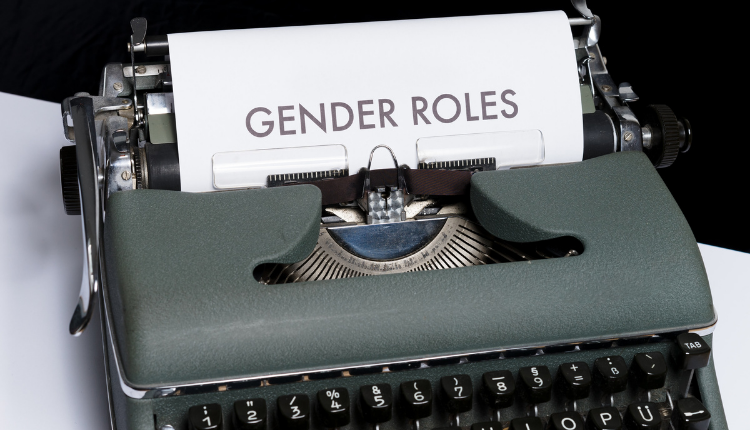The pseudo-generic pronoun “he,” that is, the usage of “man” to represent all humanity, supposes that the default and common human being is male. There are more critical issues in the inclusive space including the strife for equality along with the fact that the use of “he” to refer to nonspecific persons does not point to a grand conspiracy against women. However, such a use still shows a prejudice coded into our linguistic heritage.
Language plays a vital role in shaping behavior and opinion. Besides, the language used by educators and in academic documents is enormously influential and serves as a model for students and society. Word choices often inadvertently reflect predetermined and unfounded beliefs about gender roles. Hence, we should make a conscious effort not to use language that typecasts, holds back, or excludes others.
We also recommended to use an advanced writing assistant such as Trinka. It is an AI-powered writing assistant specially designed for academic and technical writing. Trinka automatically corrects gender bias in your writing. It suggests the right words to use to make your writing gender-inclusive.
Let’s look at some ways in which we can use gender-inclusive language while writing. When using such language, it is important to ensure that gender-inclusive language does not lead to making the subject and the pronoun in a sentence unclear.

Here’s a checklist for gender-related revisions:
- If someone’s gender has been stated, was it essential to do so?
- Does the paper have any professional (or other) stereotypes?
- Are there same kinds of information and descriptions when writing about people of the opposite gender?

